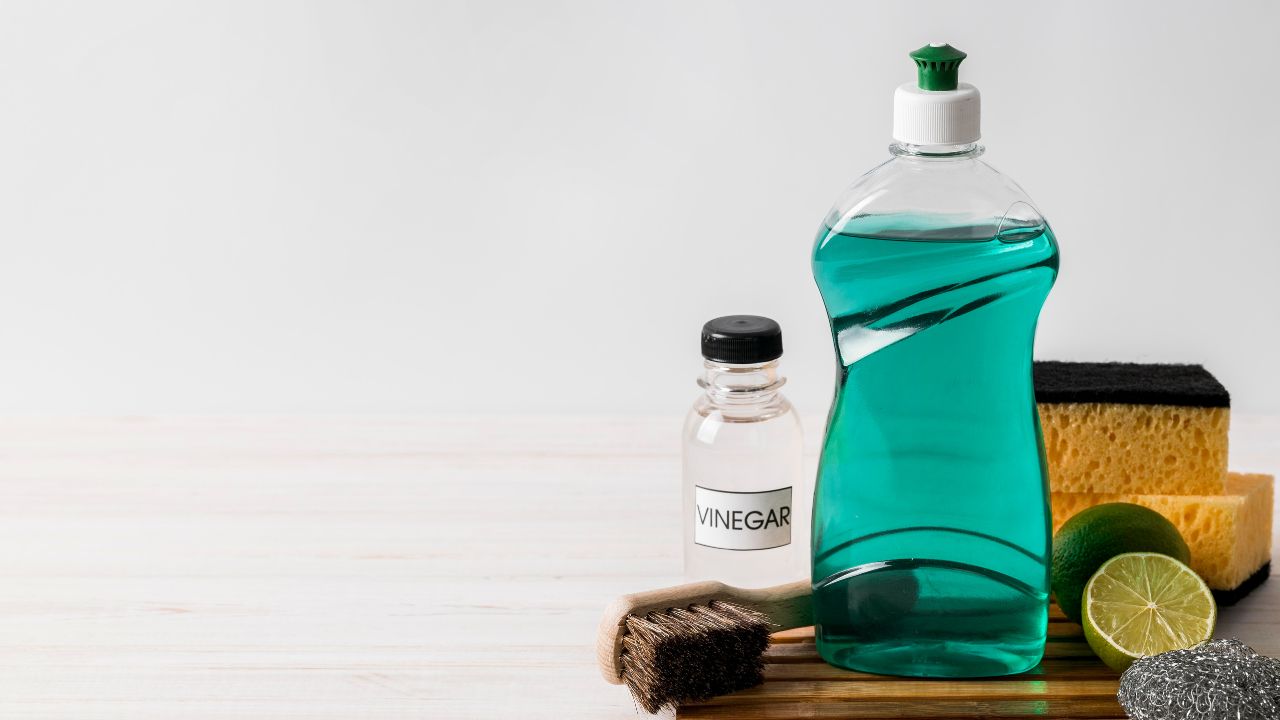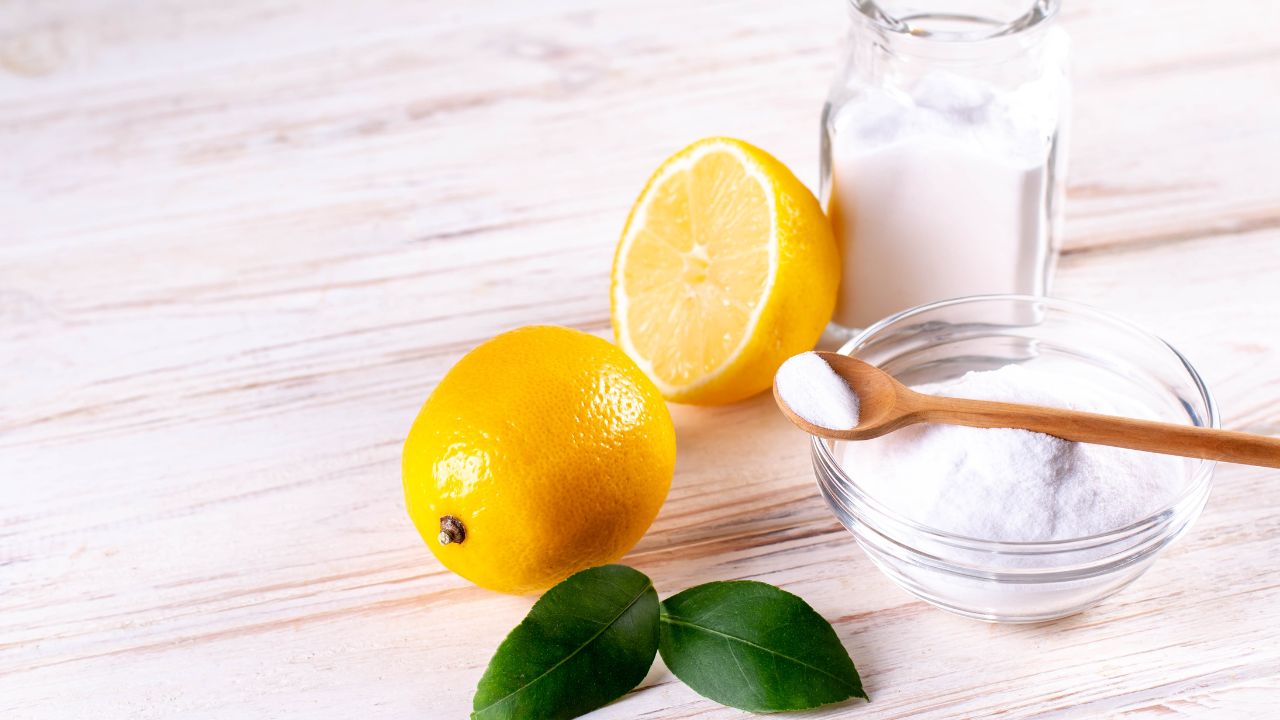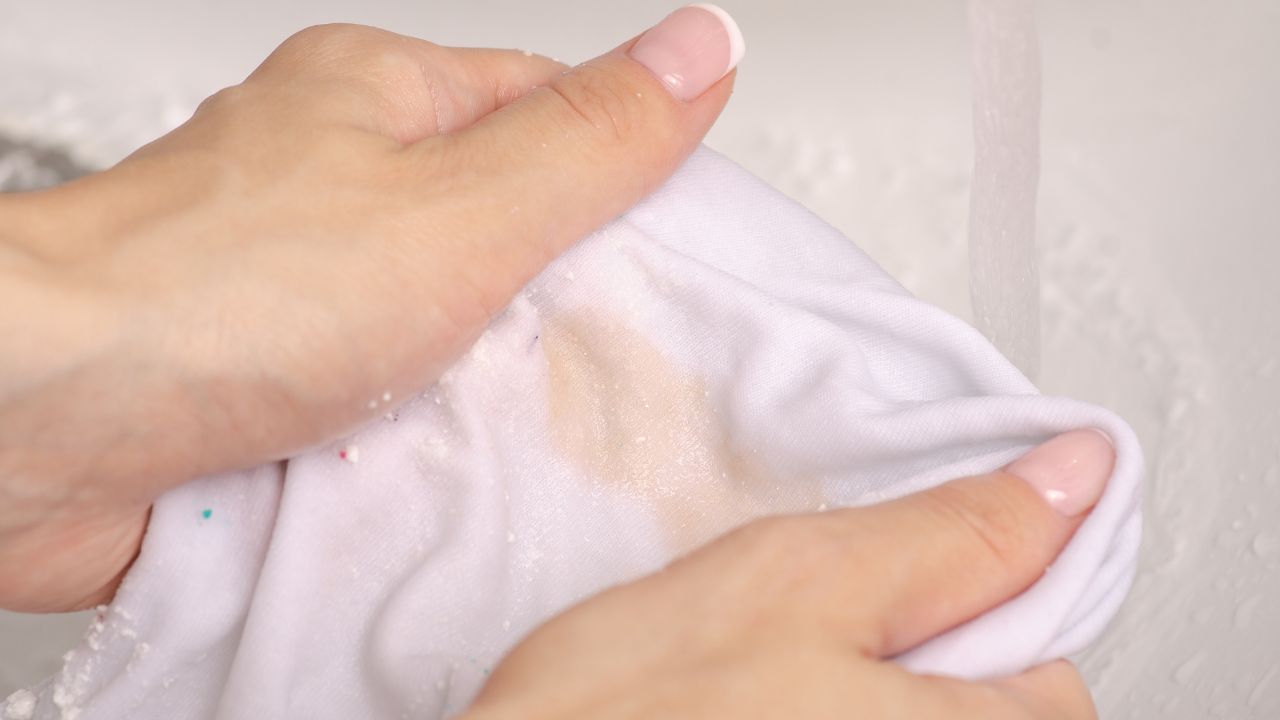4 Steps To Effectively Get Sunscreen Out of Clothes: The Easy Way!
Sunscreen: your skin’s best friend, but sometimes your clothes’ worst enemy! If you’ve ever pulled a perfectly good shirt out of the wash only to find that greasy, stubborn sunscreen stain didn’t budge (or worse, seemed to magically set in), you are definitely not alone. It’s a common summer dilemma!
But here’s the good news: your favorite shorts, swimwear, or everyday tees aren’t doomed to the stain pile just yet. With the right techniques and a little know-how, you absolutely can effectively get sunscreen out of clothes. No more greasy smudges, no more mysterious yellow or orange marks—just fresh, clean fabric ready for your next adventure.
Ready to rescue your wardrobe and keep rocking that SPF like the responsible, stain-savvy adult you are? Let’s break down the step-by-step process for banishing those pesky sunscreen stains for good!
3 FREE Perfume Samples
We’ve recently created a Whatsapp group for beauty enthusiasts like you! To grow this community we temporarily offer 3 free perfume samples when you join!
Make sure to join asap, we’re running out of free samples soon! After joining, you can place an order and claim the random free samples.

Decoding the Mystery: Why Does Sunscreen Stain Clothes So Stubbornly?
Before we jump into full stain-fighting mode, let’s quickly understand why sunscreen is such a pain to remove. Knowing the culprit helps us tackle the stain better!
Oily Ingredients for Water Resistance
Sunscreens, especially those designed for water resistance, contain various oily ingredients. These oils are fantastic for keeping the product on your skin through sweat and swims, but they cling to fabric fibers with a vengeance, creating those greasy or dark spots.
Mineral Buildup (White/Chalky Stains)
Formulas containing physical blockers like titanium dioxide or zinc oxide (common in “mineral” or “physical” sunscreens) can leave behind white, chalky residue. While less greasy, these particles can embed themselves in the fabric weave.
Chemical Reactions (The Dreaded Yellow/Orange Stains)
This is often the trickiest one! Certain chemical UV filters, particularly avobenzone, can react with the minerals in hard water (like iron) or with residue from detergents. This chemical reaction leads to those frustrating and often hard-to-remove orange or yellow stains, especially noticeable on light-colored fabrics.
The key takeaway? Act fast, and use the right approach for the type of stain you’re dealing with!
Your 4-Step Sunscreen Stain Removal Strategy
Ready to send those stains packing? Follow these steps, and remember: patience and diligence pay off!
Step 1: Immediate Action & Oil Absorption (Crucial First Moves!)
The quicker you act, the better your chances of success! Sunscreen stains can set surprisingly fast due to their oily base.
1. Blot, Don’t Rub!
How: Grab a clean paper towel or a white cloth. Gently blot the stain.
Why: Rubbing pushes the oily stain deeper into the fabric fibers and spreads it, making it harder to remove. Blotting helps lift excess product from the surface.
2. Absorb the Grease (The Powder Power!)
How: Generously sprinkle the stained area with a good oil-absorbent powder like baking soda, cornstarch, or baby powder.
Why: These powders are superstars at soaking up excess oils from the fabric before they can set.
Wait: Let the powder sit and work its magic for at least 15-30 minutes (or even longer for very greasy stains).
Remove: Gently shake or brush off the powder. You might even see it clump up with the absorbed oil—that’s a good sign!
3. Rinse with Cold Water (From the Back!)
How: Turn the garment inside out. Flush the stained area from the back with a steady stream of cold water.
Why: Cold water helps push the stain out of the fabric fibers instead of pushing it further in (like hot water can). Flushing from the back helps push the residue away from the front of the garment.
Step 2: Targeted Pre-Treatment (Breaking Down the Stain)
Before that garment even thinks about going into the washing machine, a little pre-treatment is essential to break down the tricky oils and minerals.
1. Grease-Cutting Dish Soap (Best for Fresh, Oily Stains)
How: Apply a few drops of a powerful grease-cutting dish soap (like Dawn or similar brands) directly onto the stain.
Work It In: Use your fingers or a soft-bristled toothbrush to gently work the soap into the fabric in small circular motions.
Let it Sit: Allow the dish soap to penetrate for 10-15 minutes.
Rinse: Rinse the area thoroughly with warm water to remove the soap and loosened stain particles.
2. White Vinegar Solution (Great for Mineral or Avobenzone Stains)
How: Mix equal parts white vinegar and water in a small bowl. Soak the stained area of the fabric in this solution for 15-20 minutes.
Why: White vinegar’s acidity helps to break down mineral deposits (like zinc oxide or titanium dioxide) and can also help counteract the chemical reaction that causes yellow/orange avobenzone stains.
3. Commercial Laundry Stain Remover (For Stubborn Stains of All Kinds)
How: For general stubborn stains or if you’re unsure of the stain type, apply a reliable commercial laundry stain remover (e.g., Shout, OxiClean spray, Fels-Naptha bar soap).
Follow Directions: Always follow the product’s specific instructions, letting it sit for the recommended time (often around 20 minutes) before washing.

Step 3: Main Wash & Deep Cleaning (The Big Kahuna!)
Now that the stain is pre-treated and loosened, it’s time for the washing machine to do its part.
1. Wash with an Enzyme-Based Detergent (Your Best Bet Overall)
How: Place the stained garment into the washing machine with your usual laundry. Use a high-quality, enzyme-based laundry detergent. These detergents contain powerful enzymes that break down proteins, fats, and oils – exactly what you need for sunscreen stains.
Water Temperature: Wash in warm or hot water, but only if the fabric care label allows it. (Hot water is generally better for oil removal, but always check your garment’s specific instructions!).
Skip Fabric Softener: Avoid using fabric softener in this wash, as it can sometimes trap residues in the fabric, making stains harder to fully remove.
2. Hydrogen Peroxide (For Yellow Stains on Whites/Colorfast Fabrics)
How: If you have persistent yellow sunscreen stains on white or light, colorfast fabrics, mix 1 part hydrogen peroxide with 2 parts water. Apply directly to the stain and let it sit for about 30 minutes.
Why: Hydrogen peroxide is an oxidizing agent that can help break down and lighten yellow stains caused by avobenzone.
Then: Rinse the area and wash as usual. Always patch test on an inconspicuous area first, especially on colors.
3. Baking Soda Paste or Oxygen Bleach (For Stubborn & Set-In Stains)
Baking Soda Paste: Mix baking soda with a little water to form a thick paste. Apply it generously to the stain and let it sit for 30 minutes before washing.
Oxygen Bleach Soak: For very stubborn or older stains, you can soak the garment in a solution of OxiClean or other oxygen bleach (follow product directions for ratio) for 1-2 hours before washing. Oxygen bleach is generally safe for colors but always do a patch test.
4. Lemon Juice & Sunlight (For Natural Fabrics & Whites)
How: This natural method is great for natural fabrics (like cotton, linen) and whites. Apply fresh lemon juice directly to the stain.
Sun Power: Place the garment in direct sunlight for about 1 hour. The sun’s UV rays, combined with the lemon juice’s acidity, act as a natural bleaching agent to help break down the stain.
Then: Wash as usual. Be cautious with delicate or colored fabrics, as direct sun and lemon can cause fading.

Step 4: The Crucial Aftercare & Prevention (Don’t Set the Stain!)
You’ve put in the work! Now, make sure it pays off, and learn how to prevent future headaches.
1. Check Before Drying
NEVER put a stained garment in the dryer until you are 100% sure the stain is gone. Heat from a dryer will permanently set any remaining sunscreen residue into the fabric, making it virtually impossible to remove later.
Inspect: Hold the wet garment up to a good light source. If you see any trace of the stain, repeat the entire stain removal process from Step 1.
2. Air Dry First
How: Even if you think the stain is gone, let the fabric air dry completely in the shade.
Why: This gives you a final chance to spot any lingering residue before heat can bake it in.
3. Use a Laundry Booster
How: For future washes, consider adding 1/2 cup of white vinegar or baking soda to your wash cycle.
Why: These natural boosters help to cut through lingering oils and prevent mineral buildup in your washing machine, which can contribute to yellowing over time.
How to Prevent Sunscreen Stains in the First Place (Smart Habits!)
The best stain is the one that never happens! A little prevention goes a long way.
- Let Sunscreen Dry Fully: This is huge! Apply your sunscreen at least 15-20 minutes before getting dressed. Give it time to absorb and dry on your skin, reducing the amount that transfers to fabric.
- Opt for Darker Clothes: While you can wear whatever you like, light-colored fabrics (especially white) show stains more easily, particularly the tricky yellow/orange ones caused by avobenzone reacting with hard water. Darker colors are more forgiving.
- Pre-Treat High-Risk Areas: If you know certain areas of your clothes (like collars, necklines, or underarms of swimsuits) are prone to sunscreen transfer, lightly dust them with a thin layer of baby powder or cornstarch before you put them on. This creates a barrier.
- Choose “Stain-Friendly” Sunscreens: Some newer sunscreen formulations are less prone to staining. Look for brands that specifically market themselves as “stain-free” or “non-staining” for clothing, or try mineral-only sunscreens if you’re battling yellowing. (Note: These often have a white cast, but that’s a different battle!).
- Apply Outside: If possible, apply sunscreen while still in your bathing suit or underwear, or outside, before putting on your main outfit.
Sun-Kissed Skin, Stain-Free Clothes!
You’ve got this! With these effective, step-by-step methods, you can confidently protect your skin from the sun’s rays without sacrificing your favorite outfits. Go ahead—apply that SPF guilt-free and enjoy your sunny days knowing your laundry game is stronger than ever!
